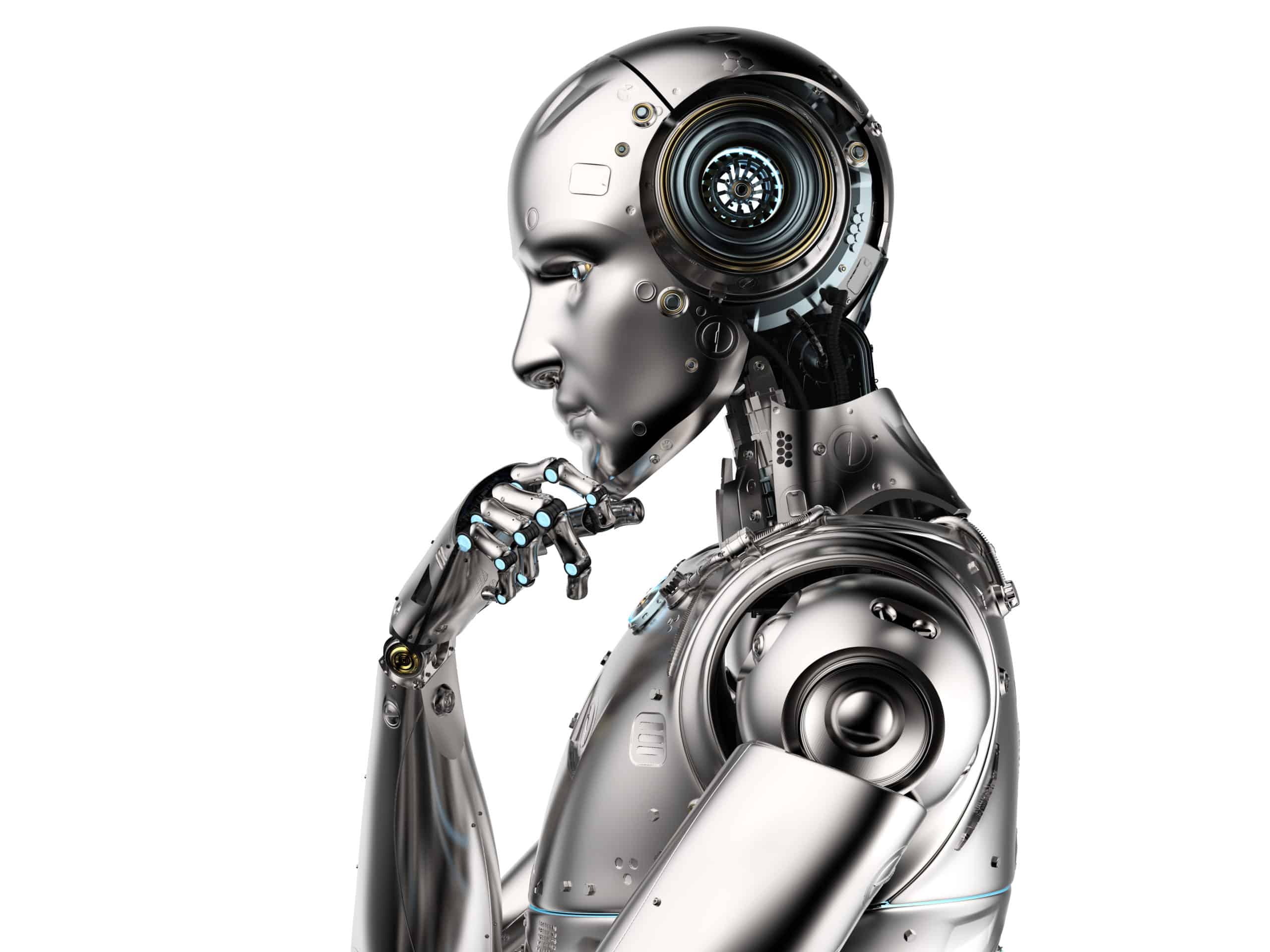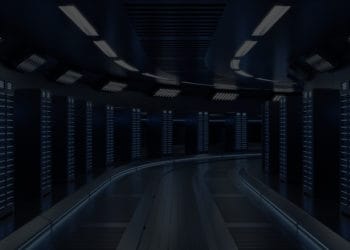Juniper powered by MIST AI – This Stuff is Hard
This blog post is the first of a new series of blog posts we are running –This Stuff is Hard (TSIH). One of the values we bring includes translating vendor marketing messages into practical advice for IT decision-makers (ITDM). So we’ll take the marketing message from an analyst briefing and translate it to practical advice that readers can use in decision making.
Our first TSIH post looks at Juniper driven by Mist AI (Juniper) presentations from AI Field Day 1 (AIFD1). AIFD1 had a consistent theme of AI Operations (AIOps). AIOps is the concept of using machine learning to improve IT operations. The idea isn’t particularly new.
Storage vendors have been using machine learning to predict hardware failures and adapt data location for performance using metadata for well over a decade. However, I remember sitting in a meeting in 2015 where a storage administrator acknowledged he could no longer optimize storage pools better/faster than machine learning.
So, what’s unique about this new breed of AIOps solutions and Juniper in specific? Well, Juniper’s presentation focused on the wireless user experience and how AIOps improves that experience. However, first, let’s take a step back and look at what tangible problem AIOps looks to solve.
The Ever-Growing IT Landscapes
We never really retire technologies in enterprise IT. At least not at a pace that keeps up with the adoption rate of new technologies. In a Twitter conversation, I learned that 70% of the Fortune 500 rely on IBMz Mainframes for business-critical processes. Concurrently, CTO’s are figuring out how to integrate client/server, public cloud, and now cloud-native architectures.
We’ve heard the story repeatably; 80% of IT’s budget is spent on keeping the lights on. What we sometimes miss is that the landscape is constantly growing. In the past, I’ve argued that technologies such as hyperconverged infrastructure (HCI) don’t save money. TLDR; HCI doesn’t displace legacy operating models. Instead, HCI adds operating models to existing IT operations. It’s additive vs. reductive.
While the landscapes constantly grow, the resources to manage these resources remain static. Something has to give. And something is giving. Systems are failing, and service level agreements fail – All while staff experience burnout. AIOps is a promised solution.
The Claim
So, what’s that promise? The promise is that you deploy one of these AIOps solutions; it learns the patterns of your environment. After some time, the AIOps algorithms can leverage historical and real-time data from a customer’s environment to improve operations. AIOps vendors can leverage randomized data from customers across several industries to recommend or change customer environments.
In theory, AIOps tools offer similar advantages to our early ML example for storage administrators. However, the scale covers a broader number of systems and processes. In addition, Juniper promises to correlate data beyond a single subsystem, such as an application.
The result is common language support operations. For example, a network administrator could ask Juniper’s AI why the voice quality of a specific user at a given site experiences poor voice quality.
The obvious question is does it work? Unfortunately, we haven’t gotten any of the Juniper equipment in-house to validate their claims. However, fellow delegate Andy Thurai wrote an excellent post about why AIOps projects fail. And thus, why #TSIH. It’s a great follow-on read to understand the difficulty and success factors.
Our content partner Gestalt IT hosted AI Field Day 1. While the CTO Advisor LLC and Gestalt IT have done business together, CTOA did not receive compensation for this blog. Juniper is also a content partner of the CTO Advisor. Juniper did not compensate CTOA for this blog post. Neither Juniper nor Gestalt reviewed this post before us posting it.
Share This Story, Choose Your Platform!

Keith Townsend is a seasoned technology leader and Chief Technology Advisor at Futurum Group, specializing in IT infrastructure, cloud technologies, and AI. With expertise spanning cloud, virtualization, networking, and storage, Keith has been a trusted partner in transforming IT operations across industries, including pharmaceuticals, manufacturing, government, software, and financial services.
Keith’s career highlights include leading global initiatives to consolidate multiple data centers, unify disparate IT operations, and modernize mission-critical platforms for “three-letter” federal agencies. His ability to align complex technology solutions with business objectives has made him a sought-after advisor for organizations navigating digital transformation.
A recognized voice in the industry, Keith combines his deep infrastructure knowledge with AI expertise to help enterprises integrate machine learning and AI-driven solutions into their IT strategies. His leadership has extended to designing scalable architectures that support advanced analytics and automation, empowering businesses to unlock new efficiencies and capabilities.
Whether guiding data center modernization, deploying AI solutions, or advising on cloud strategies, Keith brings a unique blend of technical depth and strategic insight to every project.




